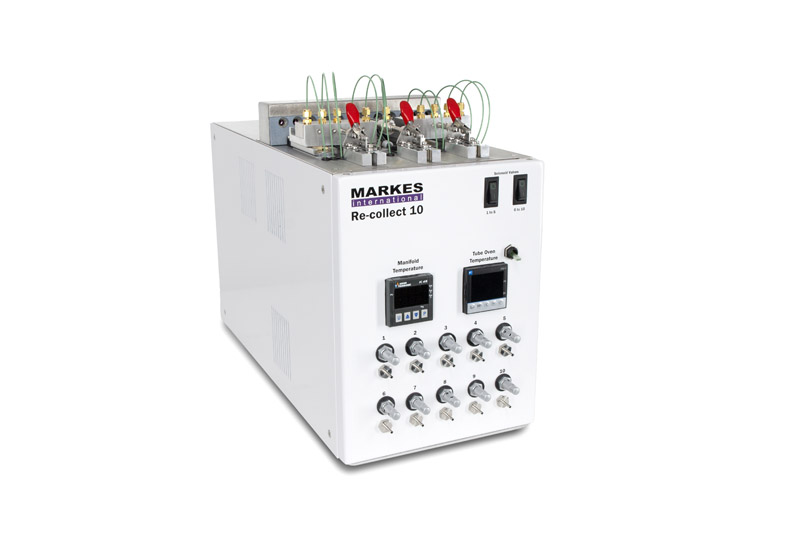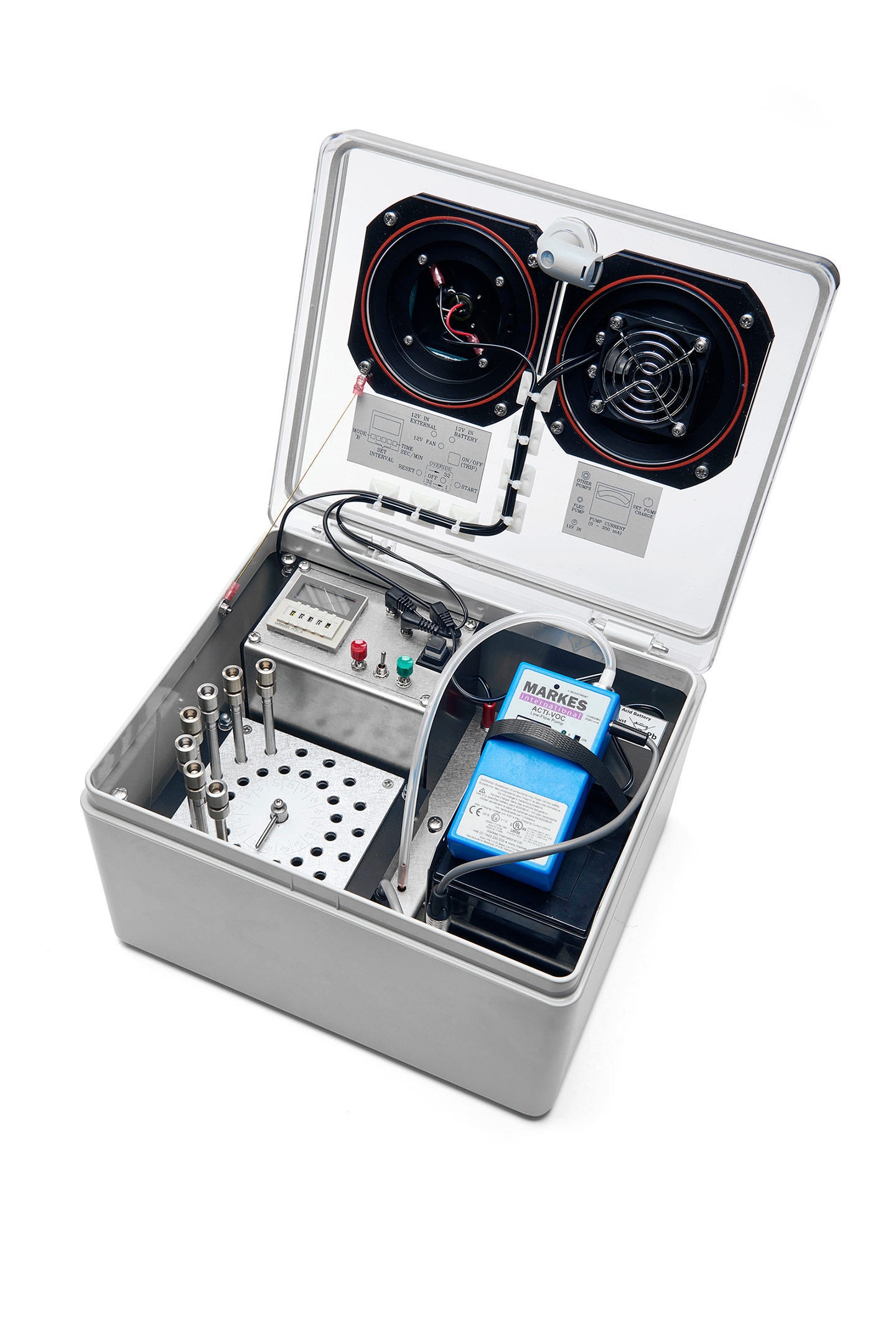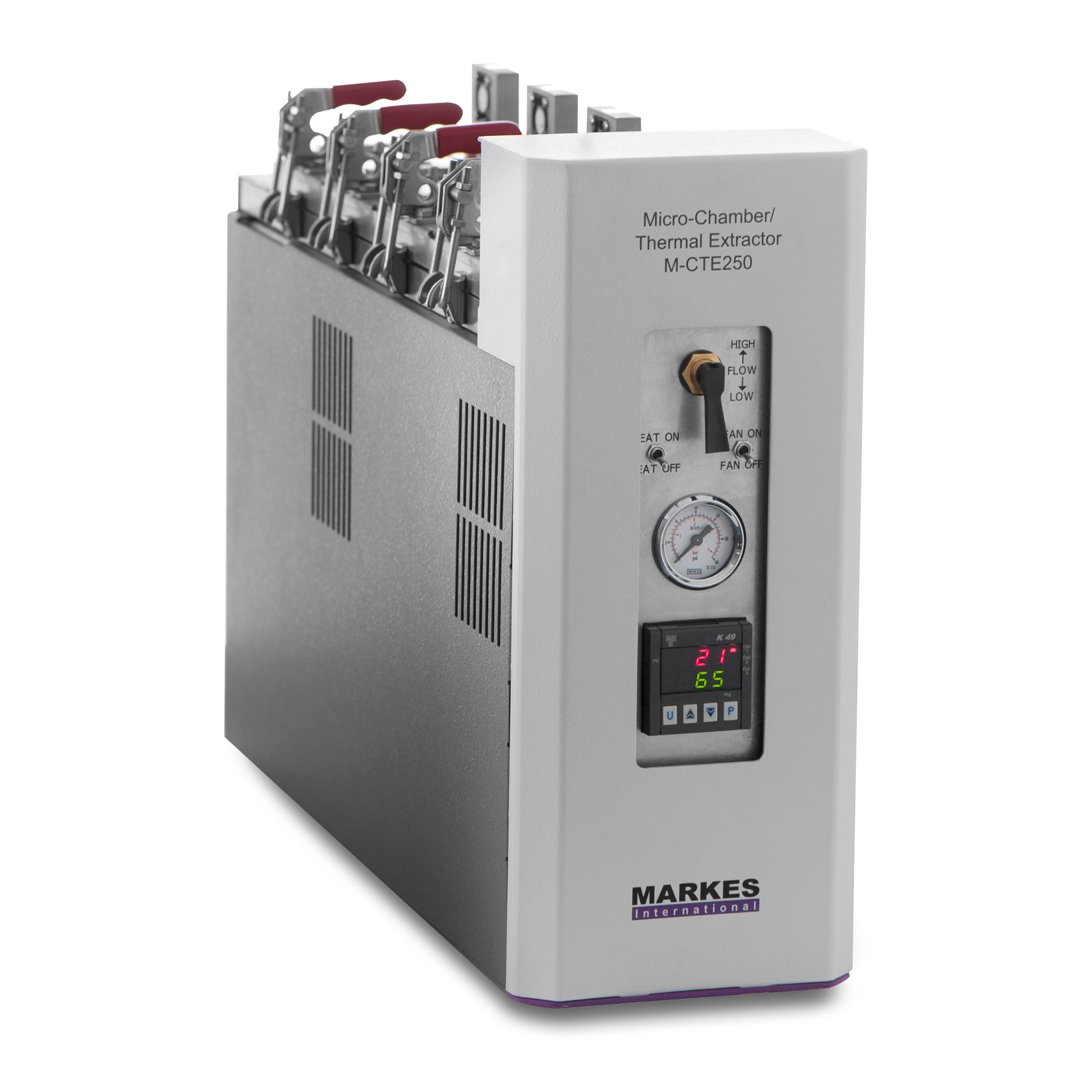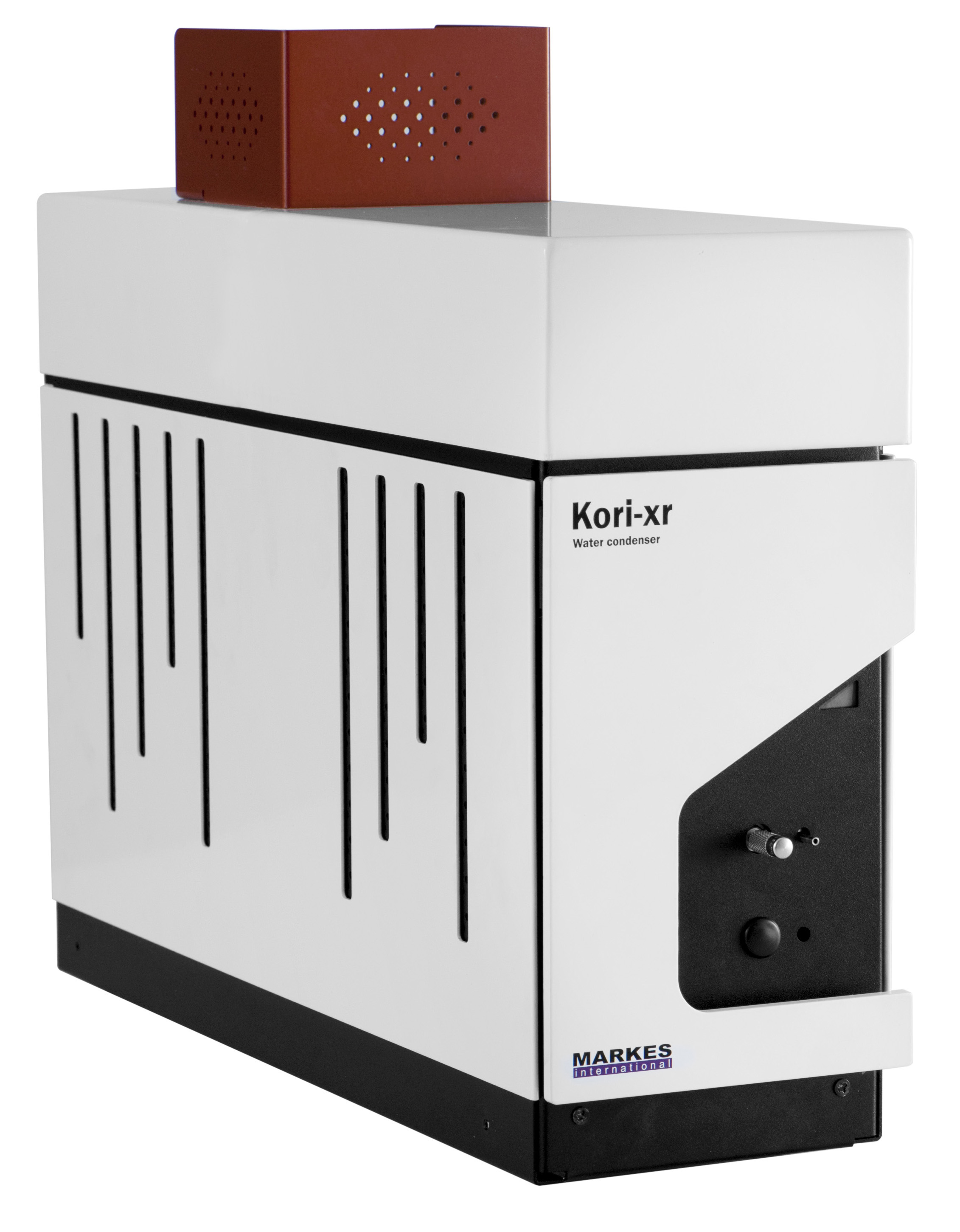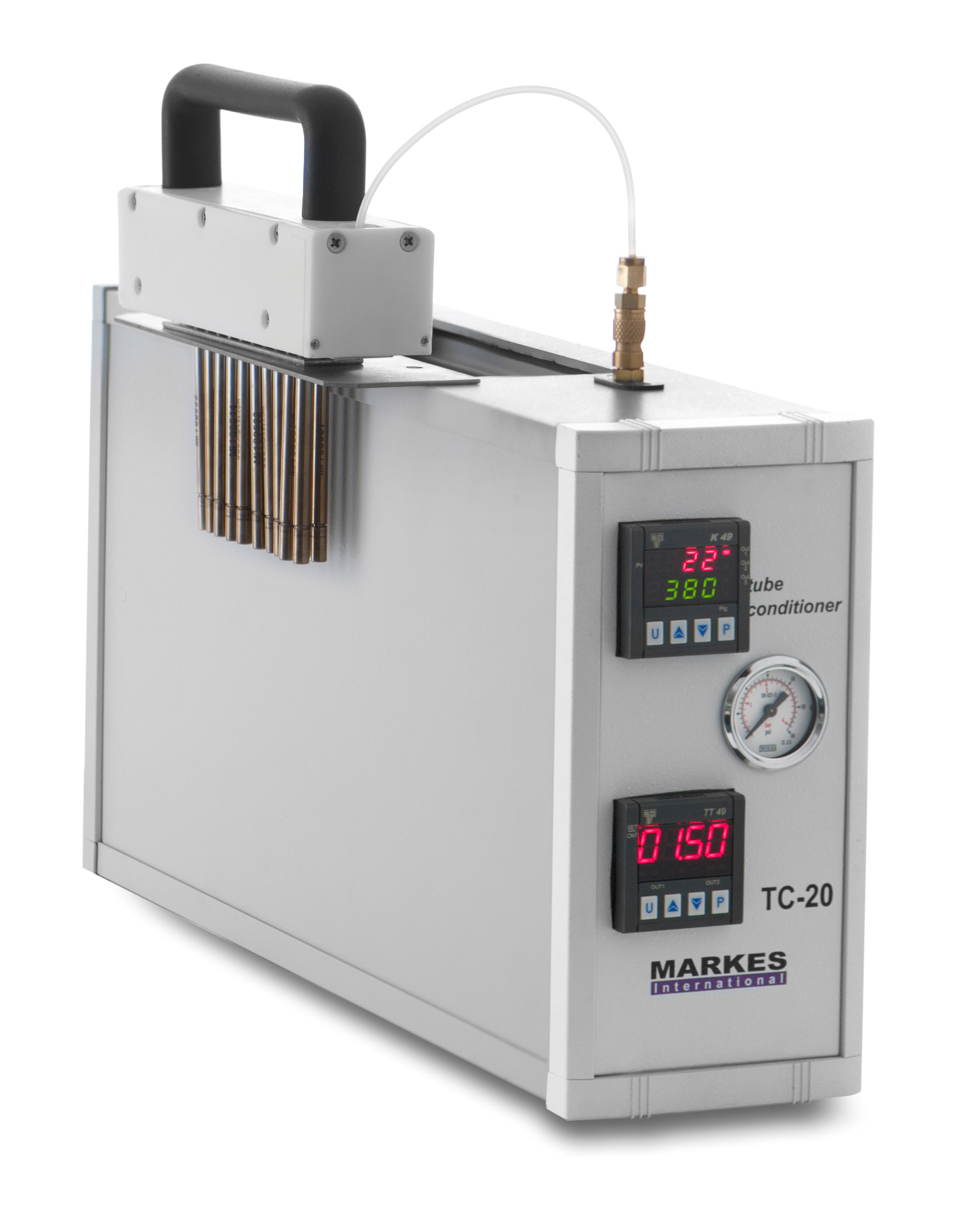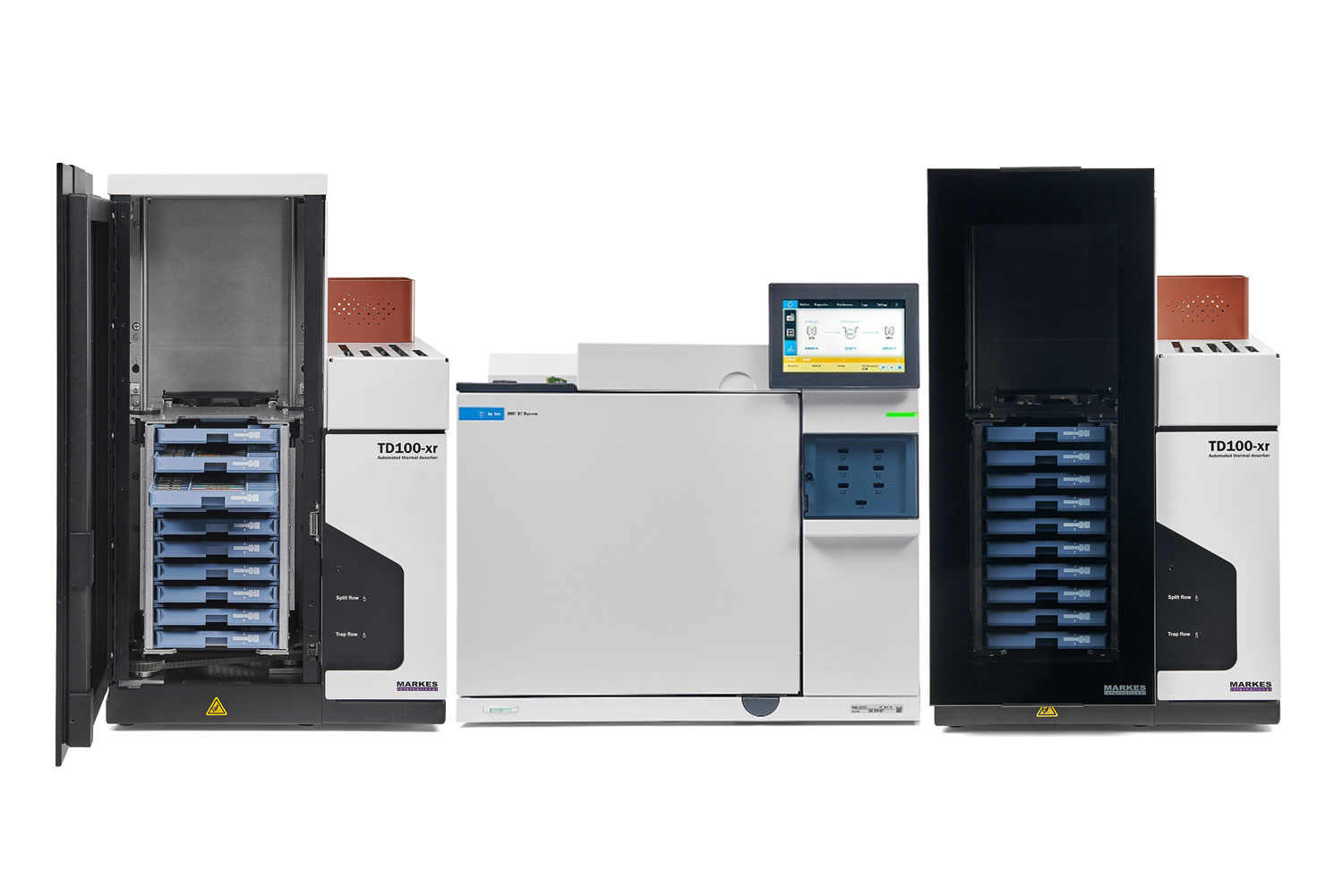Rising awareness of the potential health risks associated with poor indoor air quality has led to increasing calls for the regulation and labelling of products and materials used indoors.
What regulations affect construction products?

The key regulations and labels include:
- The European Construction Products Regulation (CPR).
- The European REACH regulation on the Registration, Evaluation, Authorisation and Restriction of CHemical substances
- Those developed by various European national agencies – such as the AgBB scheme and the ‘Ü’ mark (Germany), the Paint Varnish Directive (UK), and the ‘Émissions dans l’air intérieur’ regulation (France). Some or all of these will likely be superseded by the CPR, in due course
- ‘Chinese REACH’, which has similar requirements to its European equivalent.
- A range of US-led initiatives, including the Clean Air Act, LEED and the Green Label program.
Each of these regulations typically demands product testing in accordance with standard methods.
Sampling approaches used in standard methods
The various standard methods developed to assess emissions from construction materials are all compatible with TD, and fall into two broad categories:
- 'Small' chambers (typically ~1 m3): These enclose a large section of the product, and are usually performed in accordance with ISO 16000-9, ASTM D5116, California Specification 01350 or EN 16516.
- Microchambers (44 cm3 or 114 cm3): A piece of the product is placed in the microchamber, with sampling carried out in accordance with methods such as ASTM D7706, ISO 12219-3 or ISO 16000-25.
In all cases, sampled air is focused using a multi-sorbent packed focusing trap, which is then analysed by thermal desorption–gas chromatography (ISO 16000-6).
Standard methods used to assess construction products
Indoor air — Part 6: Determination of volatile organic compounds in indoor and test chamber air by active sampling, thermal desorption and gas chromatography using MS or MS–FID.
Indoor air — Part 25: Determination of the emission of semi-volatile organic compounds by building products — Micro-chamber method.
A European reference method for the determination of emissions into indoor air from construction products of VOCs, SVOCs and very volatile aldehydes based on the use of a test chamber.
Indoor air — Part 9: Determination of the emission of volatile organic compounds from building products and furnishing — Emission test chamber method.
Standard practice for the rapid screening of VOC emissions from products using micro-scale chambers.
Standard guide for small-scale environmental chamber determinations of organic emissions from indoor materials/products.

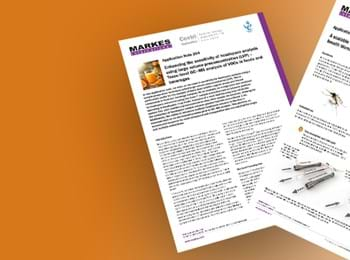

![Markes TD Brochure Hero3 Corepurple[2]](/media/zmscvqds/markes-td-brochure-hero3-corepurple-2.jpg?crop=0.55128205128205132,0,0,0&cropmode=percentage&width=350&height=260&rnd=132399686846500000)




